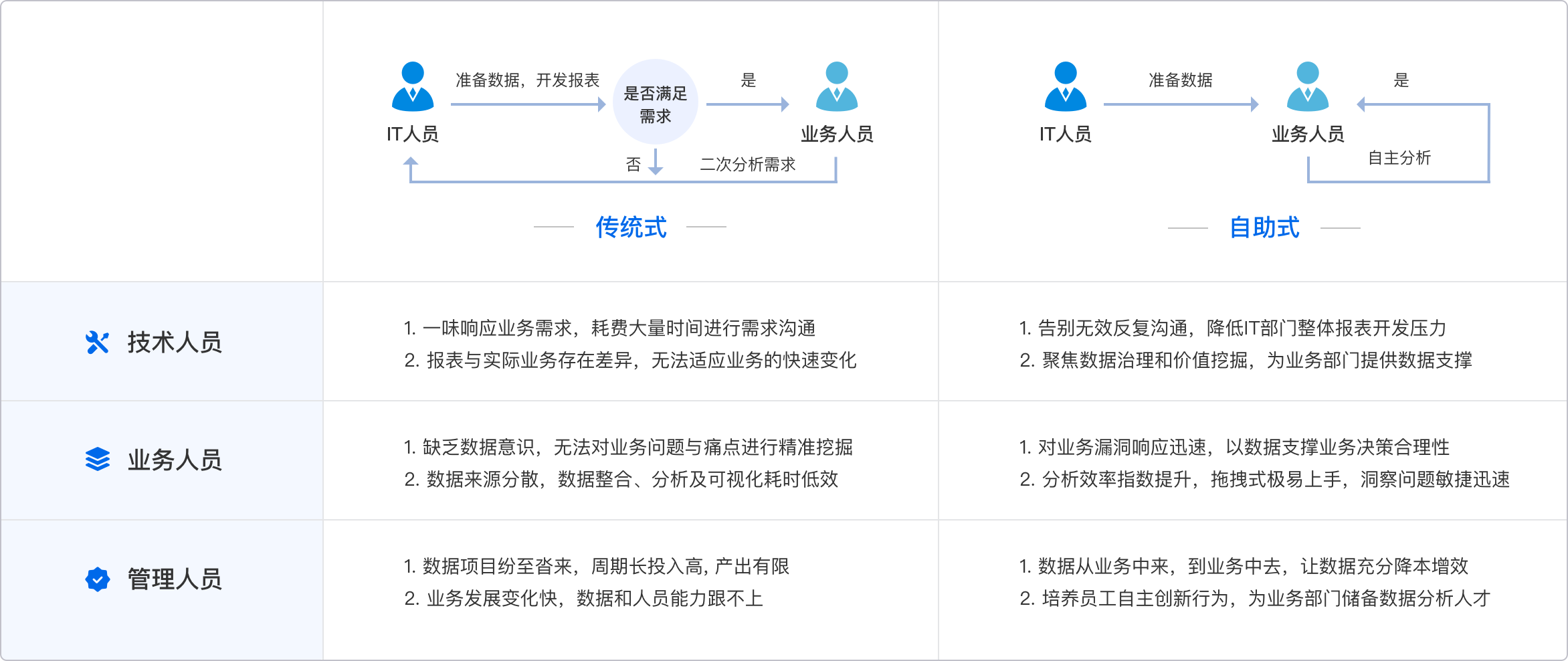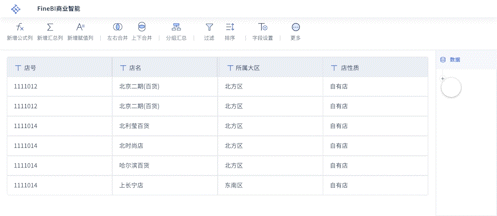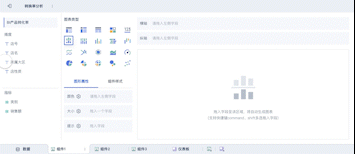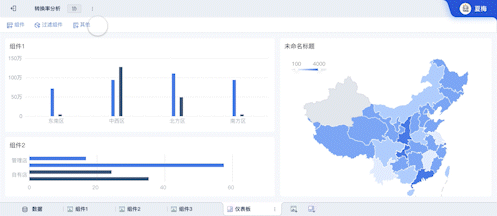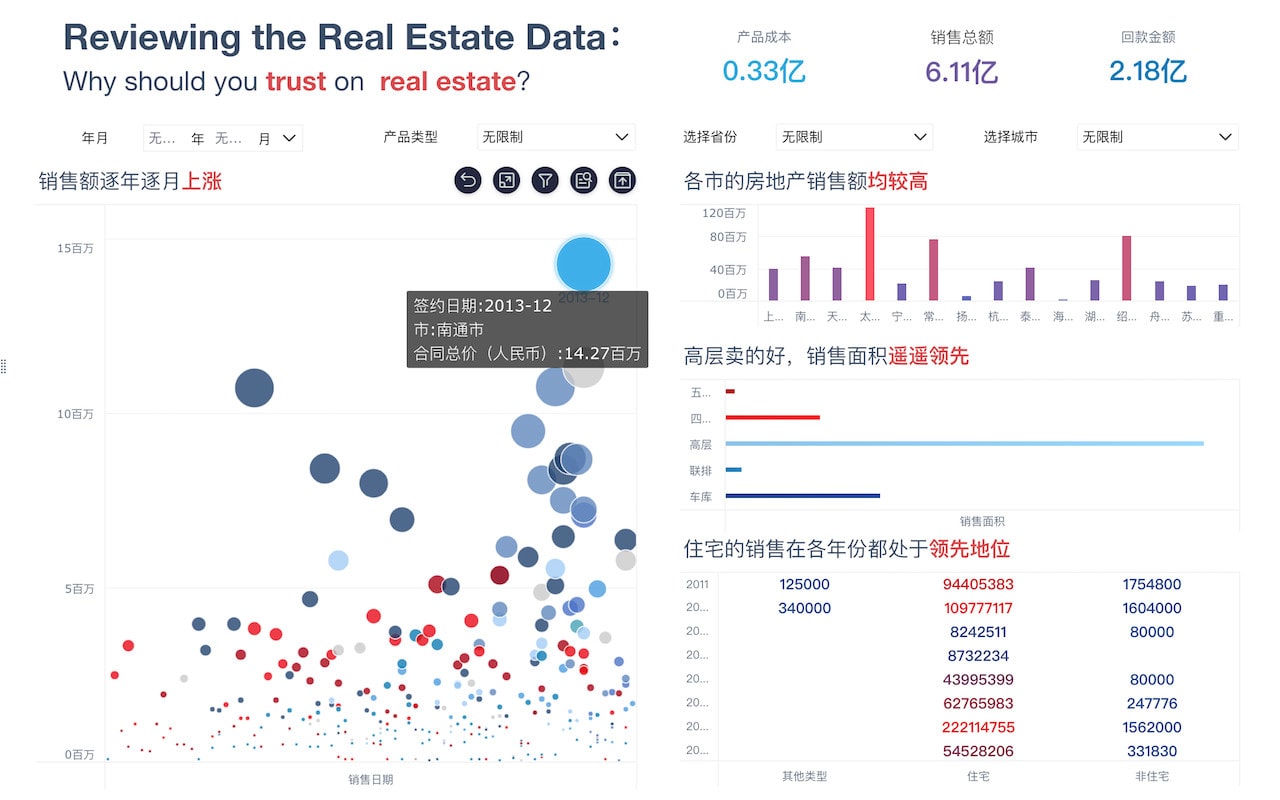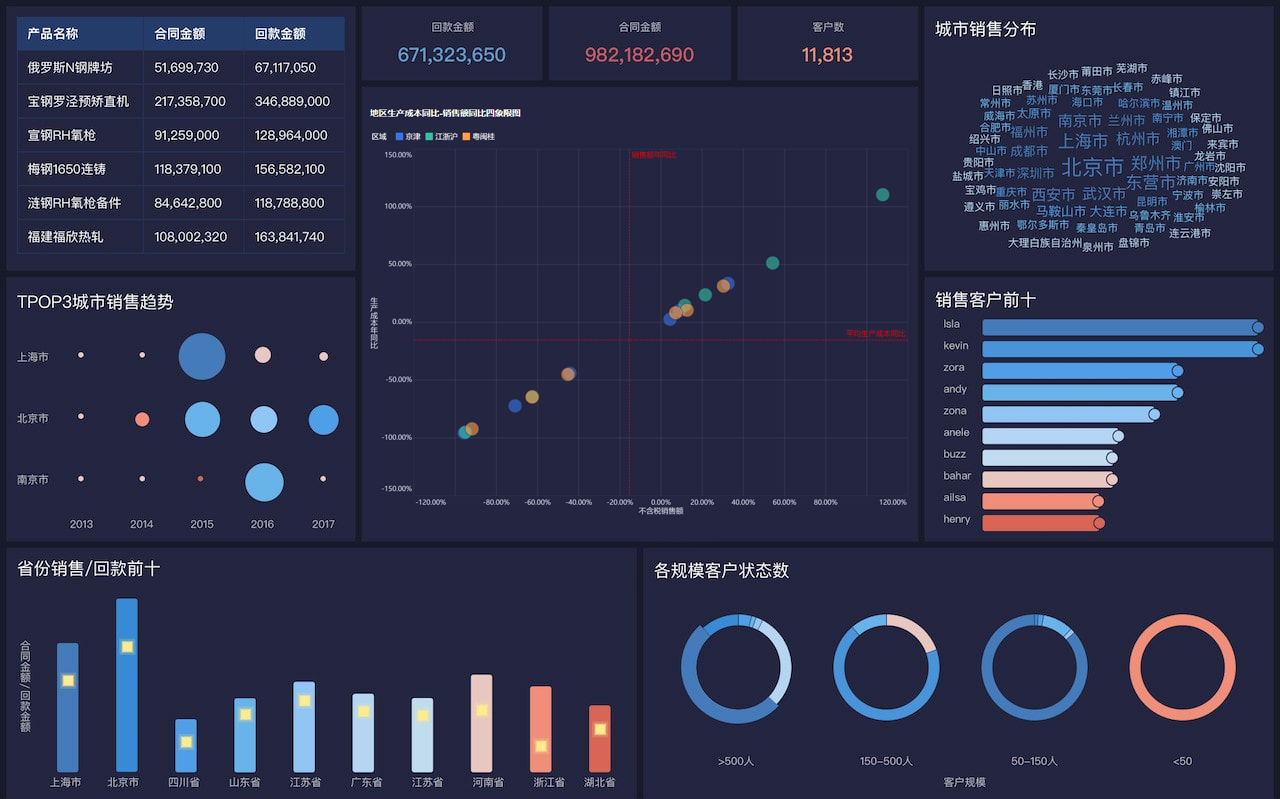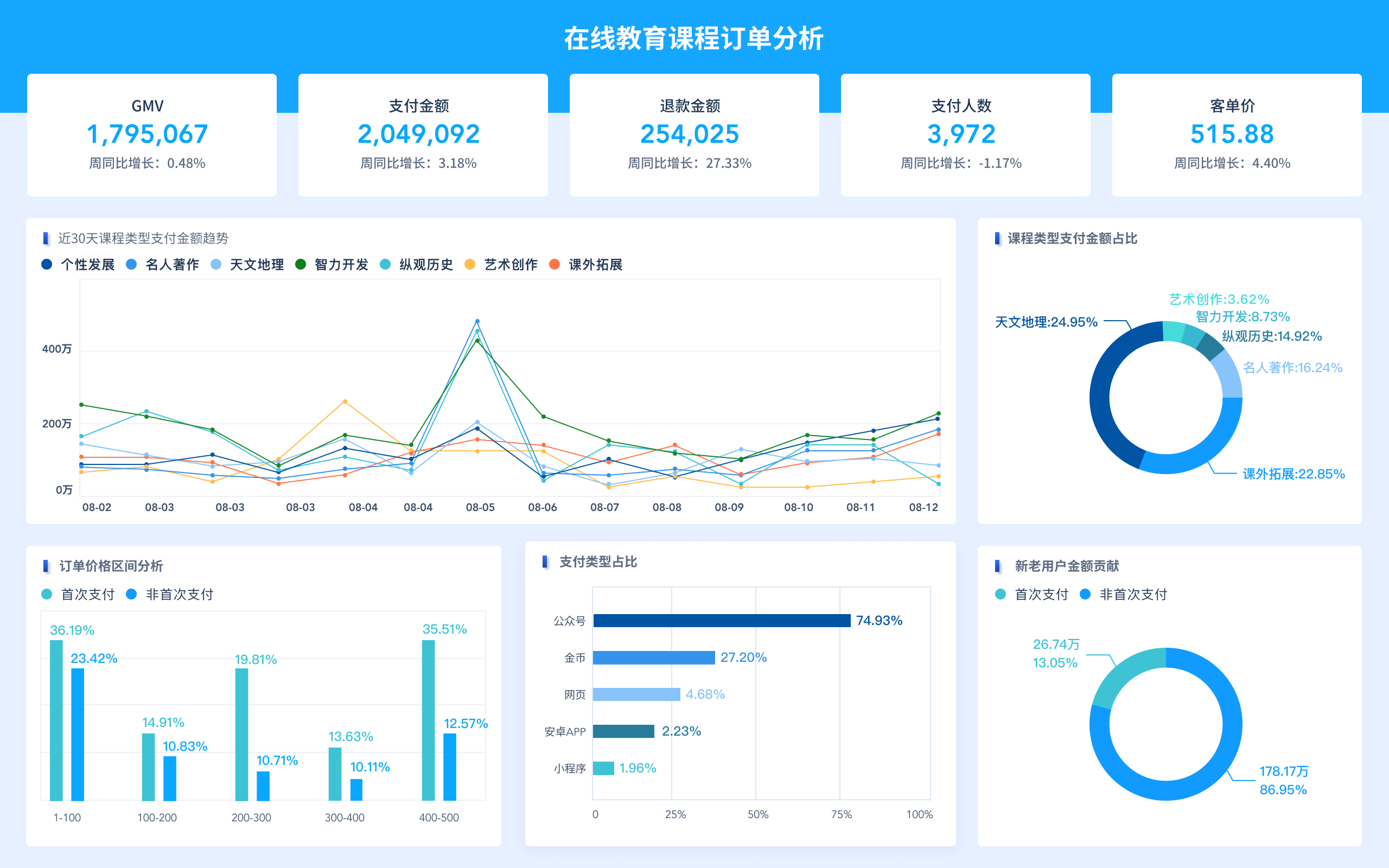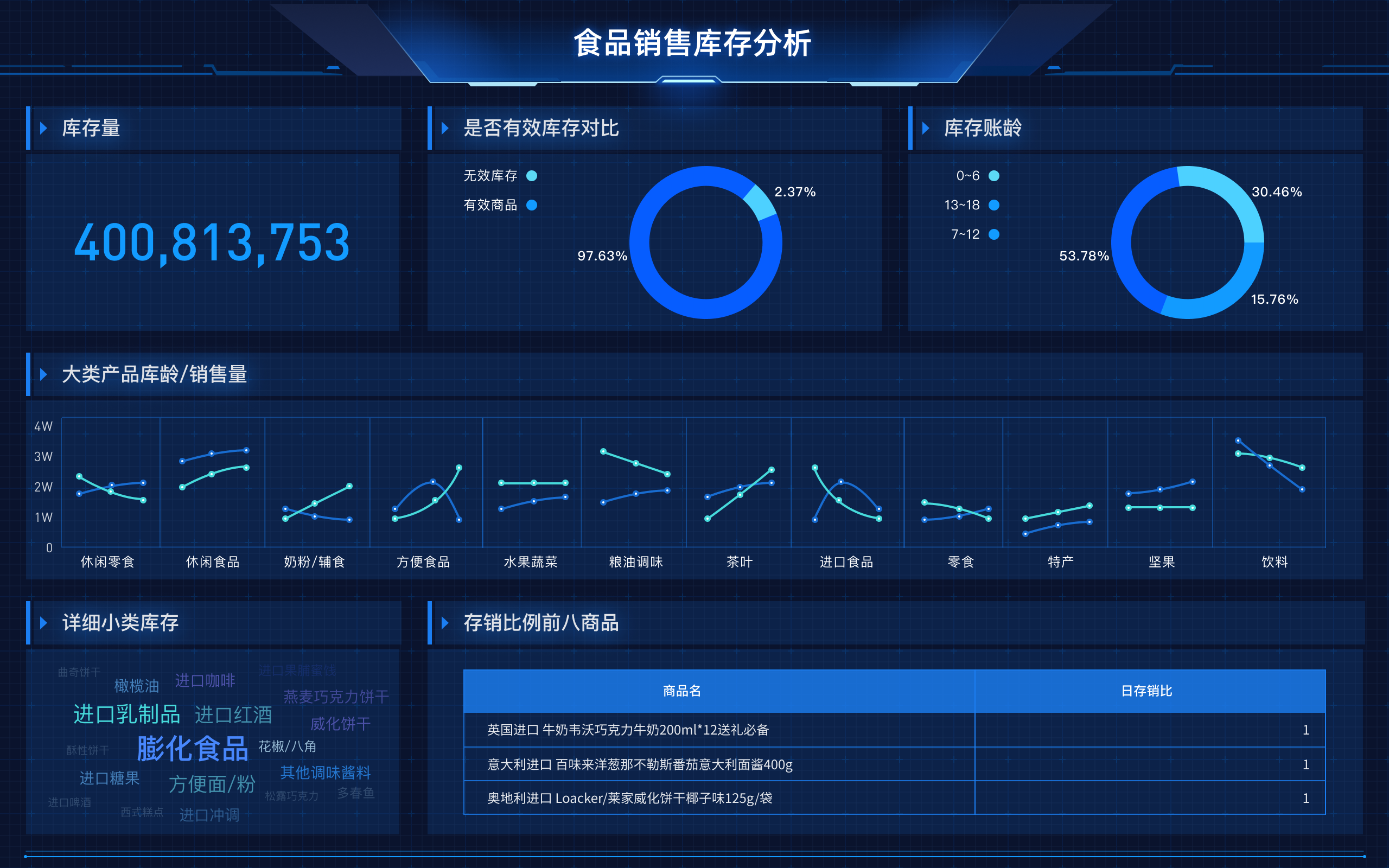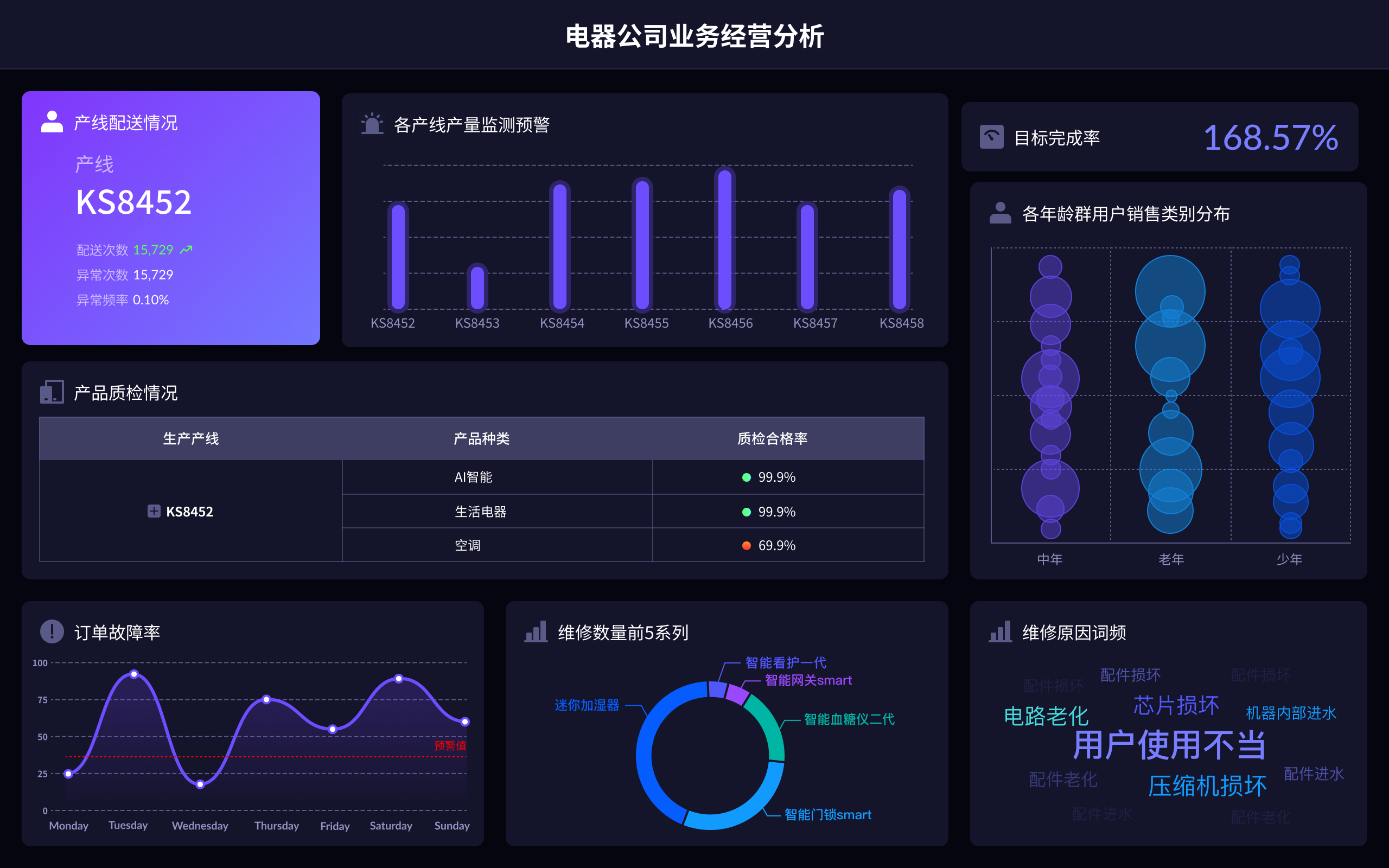
撰写稀土产品出口数据分析论文的步骤包括:选择合适的数据源、进行数据清理和预处理、使用合适的分析工具和方法、撰写详细的分析结果和结论、确保数据可视化效果良好。可以使用FineBI进行数据分析和可视化,因为FineBI具有强大的数据处理和可视化功能,能够帮助你更好地理解和展示数据。FineBI的官网地址是: https://s.fanruan.com/f459r;。例如,在选择数据源时,可以从国际贸易数据库、政府统计局、行业协会等渠道获取稀土产品的出口数据,并确保数据的准确性和完整性。
一、选择合适的数据源
在撰写稀土产品出口数据分析论文时,选择合适的数据源是至关重要的一步。数据源的质量直接影响分析结果的准确性和可信度。可以考虑以下几种数据源:
- 国际贸易数据库:如UN Comtrade数据库、World Bank数据库等,这些数据库提供全球贸易数据,可以获取不同国家和地区的稀土产品出口数据。
- 政府统计局:许多国家的统计局会发布贸易统计数据,如中国的海关总署、美国的国际贸易委员会等。
- 行业协会和研究机构:一些专业的行业协会和研究机构也会发布稀土产品的市场报告和数据,如美国地质调查局(USGS)、中国稀土行业协会等。
- 公司年报和市场调研报告:一些大型稀土生产企业和市场调研公司也会在年报或市场调研报告中披露相关数据。
二、进行数据清理和预处理
在获取到稀土产品的出口数据后,下一步是进行数据清理和预处理。数据清理和预处理的目的是确保数据的准确性、一致性和完整性。可以从以下几个方面进行:
- 数据格式转换:将不同来源的数据格式转换为统一的格式,例如将所有数据都转换为CSV格式或Excel格式。
- 缺失值处理:对于数据中的缺失值,可以选择删除、填补或使用插值法进行处理。
- 异常值检测和处理:检测数据中的异常值,并根据具体情况进行处理,如删除异常值或进行修正。
- 数据标准化和归一化:对数据进行标准化或归一化处理,以便后续的分析和比较。
- 数据合并和去重:将来自不同来源的数据进行合并,并删除重复的数据记录。
三、使用合适的分析工具和方法
在进行稀土产品出口数据分析时,选择合适的分析工具和方法是关键。FineBI是一款优秀的数据分析和可视化工具,适用于复杂数据的处理和展示。可以使用以下几种分析方法:
- 描述性统计分析:通过计算平均值、中位数、标准差等统计指标,对稀土产品的出口数据进行描述性分析,了解数据的基本特征。
- 时间序列分析:分析稀土产品出口数据的时间序列变化趋势,预测未来的出口情况。
- 回归分析:建立回归模型,分析影响稀土产品出口的因素,如国际市场需求、生产成本、政策变化等。
- 聚类分析:对不同国家或地区的稀土产品出口数据进行聚类分析,找出相似的市场特征。
- 可视化分析:使用FineBI的可视化功能,将数据以图表的形式展示出来,如折线图、柱状图、饼图、地理热图等。
四、撰写详细的分析结果和结论
在完成数据分析后,撰写详细的分析结果和结论是论文的重要组成部分。分析结果和结论应基于数据分析的结果,并提供合理的解释和建议。可以从以下几个方面进行:
- 描述数据特征:详细描述稀土产品出口数据的基本特征,如出口量、出口额、主要出口国家和地区等。
- 分析变化趋势:分析稀土产品出口数据的变化趋势,找出增长或下降的原因。
- 探讨影响因素:探讨影响稀土产品出口的主要因素,如政策变化、市场需求、技术进步等。
- 提出建议和对策:根据分析结果,提出改进稀土产品出口的建议和对策,如优化出口策略、加强国际合作、提高产品质量等。
- 总结和展望:总结分析的主要结论,并对未来的稀土产品出口趋势进行展望。
五、确保数据可视化效果良好
在撰写稀土产品出口数据分析论文时,确保数据可视化效果良好是非常重要的。良好的数据可视化可以使复杂的数据更加直观易懂,增强论文的说服力。可以从以下几个方面进行:
- 选择合适的图表类型:根据数据的特点和分析的需求,选择合适的图表类型,如折线图适合展示时间序列变化,柱状图适合比较不同类别的数据,地理热图适合展示地理分布情况等。
- 合理设计图表布局:合理设计图表的布局和配色,使图表简洁美观,易于理解。
- 添加图表注释和说明:在图表中添加必要的注释和说明,帮助读者理解图表的内容和含义。
- 使用交互式图表:使用FineBI的交互式图表功能,使读者可以与图表进行交互,获取更多的信息和细节。
通过上述步骤,可以撰写出一篇详细、专业的稀土产品出口数据分析论文,并使用FineBI进行数据分析和可视化,提高论文的质量和说服力。FineBI的官网地址是: https://s.fanruan.com/f459r;。
相关问答FAQs:
FAQs about Writing a Research Paper on Rare Earth Export Data Analysis
Q: How should I structure a research paper on rare earth export data analysis?
A research paper on rare earth export data analysis should typically follow a structured approach to ensure clarity and coherence. Here’s a detailed breakdown of how you can organize your paper:
-
Introduction:
- Start with a brief overview of the significance of rare earth elements in global trade and technology sectors.
- Define the scope of your analysis, specifying the focus on export data.
- State the objectives and research questions guiding your study.
- Provide an outline of the paper to give readers a roadmap of what to expect.
-
Literature Review:
- Review existing literature on rare earth elements, focusing on their economic importance, geopolitical implications, and previous studies on export data.
- Identify gaps in the literature that your study aims to address.
- Discuss methodologies and analytical frameworks used in previous research relevant to your topic.
-
Methodology:
- Describe the methods used to collect and analyze rare earth export data. This might involve detailing data sources, such as trade databases, government reports, or industry publications.
- Explain the analytical techniques employed, such as statistical analysis, data visualization tools, or econometric models.
- Justify your choice of methodology and discuss any limitations or challenges encountered.
-
Results:
- Present your findings from the analysis of rare earth export data.
- Use tables, charts, and graphs to illustrate key trends, patterns, and insights derived from the data.
- Discuss significant findings in relation to your research questions and hypotheses.
-
Discussion:
- Interpret the results in the context of existing literature and theoretical frameworks.
- Analyze the implications of your findings for the rare earth industry, global trade dynamics, and geopolitical relations.
- Address any limitations of your study and suggest avenues for future research.
-
Conclusion:
- Summarize the main findings of your study and their implications.
- Revisit the research questions and objectives to demonstrate how they have been addressed.
- Highlight the contribution of your research to the field of rare earth economics and export analysis.
-
References:
- Provide a list of all sources cited in your paper following the appropriate citation style (e.g., APA, MLA, Chicago).
Q: What are some key considerations when analyzing rare earth export data?
Analyzing rare earth export data requires attention to several key considerations to ensure robust and insightful findings:
-
Data Reliability: Ensure the data sources used are reliable and comprehensive. Consider the accuracy and consistency of the data over time.
-
Contextual Factors: Take into account geopolitical factors, economic policies, and technological advancements that influence rare earth export trends.
-
Comparative Analysis: Compare export data across different regions, countries, or time periods to identify variations and trends.
-
Statistical Methods: Utilize appropriate statistical techniques such as regression analysis, correlation studies, or time series analysis to uncover patterns in the data.
-
Interdisciplinary Insights: Integrate insights from economics, geopolitics, environmental science, and industry perspectives to provide a comprehensive analysis.
Q: How can I contribute original insights in a research paper on rare earth export data analysis?
To contribute original insights in your research paper, consider the following strategies:
-
Innovative Methodologies: Develop novel methodologies for analyzing rare earth export data, such as combining qualitative and quantitative approaches or using advanced data mining techniques.
-
Emerging Trends: Focus on emerging trends in the rare earth market, such as shifts in global supply chains, technological innovations in extraction and processing, or changes in regulatory frameworks.
-
Case Studies: Include case studies of specific countries or regions known for rare earth production and export to provide localized insights.
-
Forecasting and Scenarios: Use scenario analysis or forecasting techniques to predict future trends in rare earth export dynamics based on current data and market conditions.
-
Policy Implications: Discuss the policy implications of your findings, recommending strategies for governments, industries, and international organizations to navigate challenges and capitalize on opportunities in the rare earth sector.
By following these guidelines and considering these key considerations, you can effectively write a research paper that contributes valuable insights to the field of rare earth export data analysis.
本文内容通过AI工具匹配关键字智能整合而成,仅供参考,帆软不对内容的真实、准确或完整作任何形式的承诺。具体产品功能请以帆软官方帮助文档为准,或联系您的对接销售进行咨询。如有其他问题,您可以通过联系blog@fanruan.com进行反馈,帆软收到您的反馈后将及时答复和处理。


